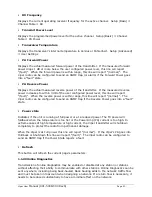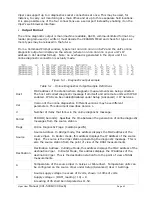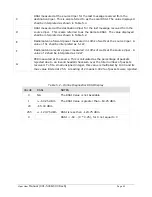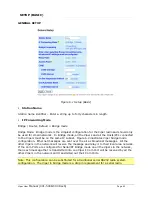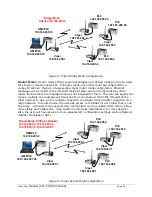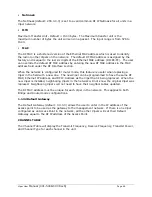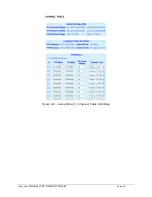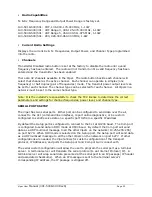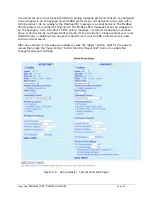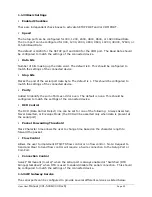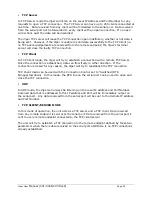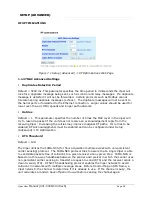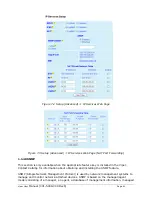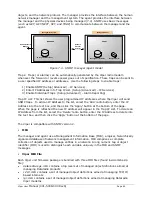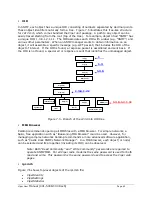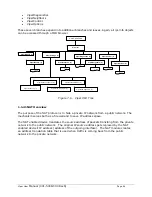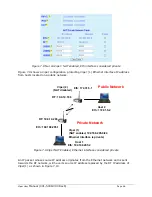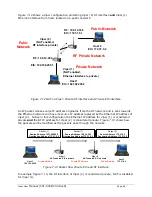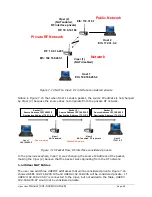
Viper User
Manual (001-5008-000 Rev6)
Page
54
TCP Server
In TCP Server mode the Viper will listen on the Local IP Address and Port Number for any
requests to open a TCP connection. The TCP Server can have up to 255 clients connected at
one time. Data received from any client will be forwarded to the serial port. Data received
from the serial port will be forwarded to every client with an open connection. If no open
connections exist the data will be discarded.
The Viper TCP server will leave the TCP connection open indefinitely, whether or not data is
being sent. However, if the Viper is unable to send data successfully to the TCP Client (ie.
no TCP acknowledgements are received from the remote endpoint) the Viper’s terminal
server will close the faulty TCP connection.
TCP Client
In TCP Client mode, the Viper will try to establish a connection with a remote TCP Server.
Once the connection is established, data can flow freely in either direction. If the
connection is closed for any reason, the Viper will try to reestablish the TCP connection.
TCP Client mode can be used with the Connection Control set to “Switched (DTR
bringup/teardown). In this mode, the DTR line on the serial port can be used to open and
close the TCP connection.
UDP
In UDP mode, the Viper will always be listening on the Local IP address and Port Number.
Received data that is addressed to this IP address and Port will be immediately output on
the serial port. Any data received from the serial port will be sent to the Remote IP address
and Port Number.
TCP CLIENT/SERVER MODE
In this mode of operation, the unit acts as a TCP server and a TCP client. Data received
from any remote endpoint is sent over the serial port. Data received from the serial port is
sent to every remote endpoint connected to the TCP client/server.
The unit will try to establish a TCP connection to the remote endpoint defined by these two
parameters when there is data received on the serial port AND there is no TCP connections
already established.

